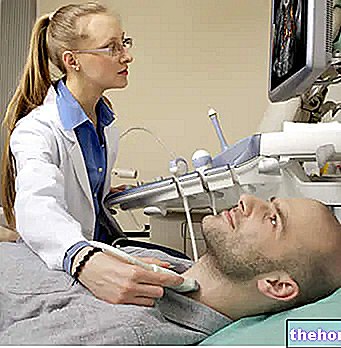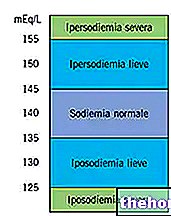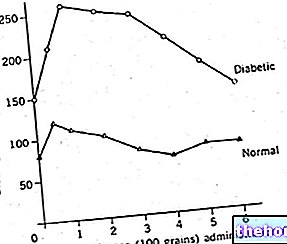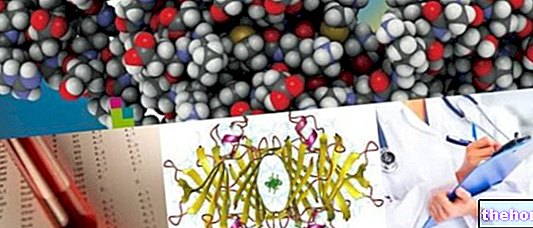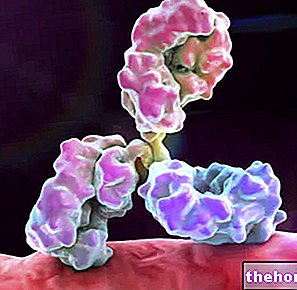See also: Calculate blood group and blood group diet
The practice of blood transfusions was already in vogue in old Europe of the 17th century. However, the first results were disappointing, given that the transfusion very often proved to be a real lethal poison for the patient. For this reason, before the end of the 1600s, this practice was banned by France and England.

In 1901 the studies of the Austrian Karl Landsteiner led him to discover blood groups. This discovery, which earned him the Nobel Prize for Medicine and Physiology in 1930, revolutionized the widespread belief at the time that blood was a identical tissue in all individuals.
In particular Landsteiner identified the presence of four different blood groups, which he named A, B, AB and 0. The reason for this differentiation was discovered later when the existence of the so-called erythrocyte antigens was noted.
What is a blood group?
When the organism is attacked by a pathogen (virus, bacteria, etc.), it triggers a defense mechanism that attacks and neutralizes these antigens thanks to the presence of plasma proteins called antibodies.
Two different antigens can be distinguished on the surface of red blood cells: antigen A and antigen B. Likewise, anti-A antibodies and anti-B antibodies may exist in the plasma. Both neutralize and kill the red blood cells carrying the corresponding antigen.
Each blood group is therefore characterized by the presence of specific antigens and corresponding antibodies:
group A contains A antigens and anti-B antibodies
group B contains B antigens and anti-A antibodies
group AB contains antigens A, antigens B and none of the corresponding plasma antibodies
group 0 is antigen-free but contains both anti-A and anti-B antibodies
Consequentially:
the subject carrying the AB blood group is the most fortunate since, being devoid of specific antibodies, it can receive blood from both A, B, AB and 0 type donors (universal receiver)
the opposite is true for those with type 0 blood who can only receive similar blood (universal donor)
the individual of group A can instead receive blood from groups A and 0; while the blood of type B is compatible only with groups B and groups 0
If these combinations are not respected, the antibodies present in the plasma (agglutinins) attack the red blood cells of the transfused blood, neutralizing them (agglutination reaction) and forming small lumps that occlude the blood vessels causing very serious damage to the organism.
The blood group to which it belongs is inherited from the parents and is immutable from birth to death. The frequency of these groups varies according to the ethnicity of the population: in England about 40% of individuals are group A and only 10% are group B; in India group A is present in 27% of cases and group B in 50% Blood group AB is the rarest in Europe.
The Rh factor "

